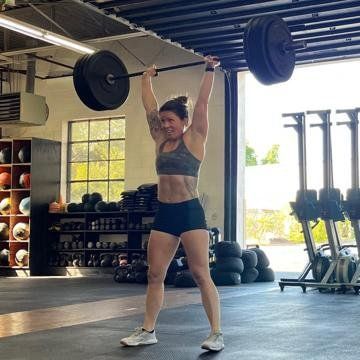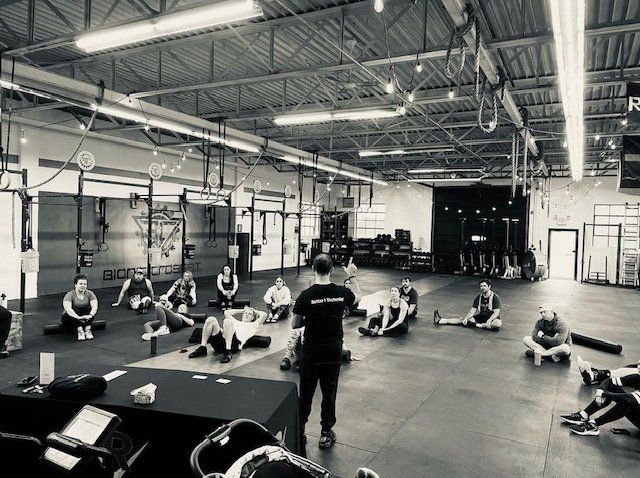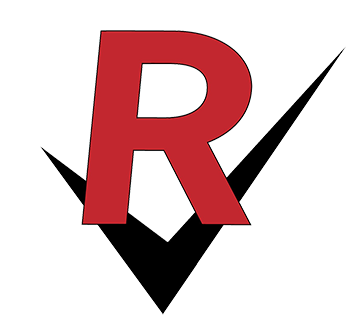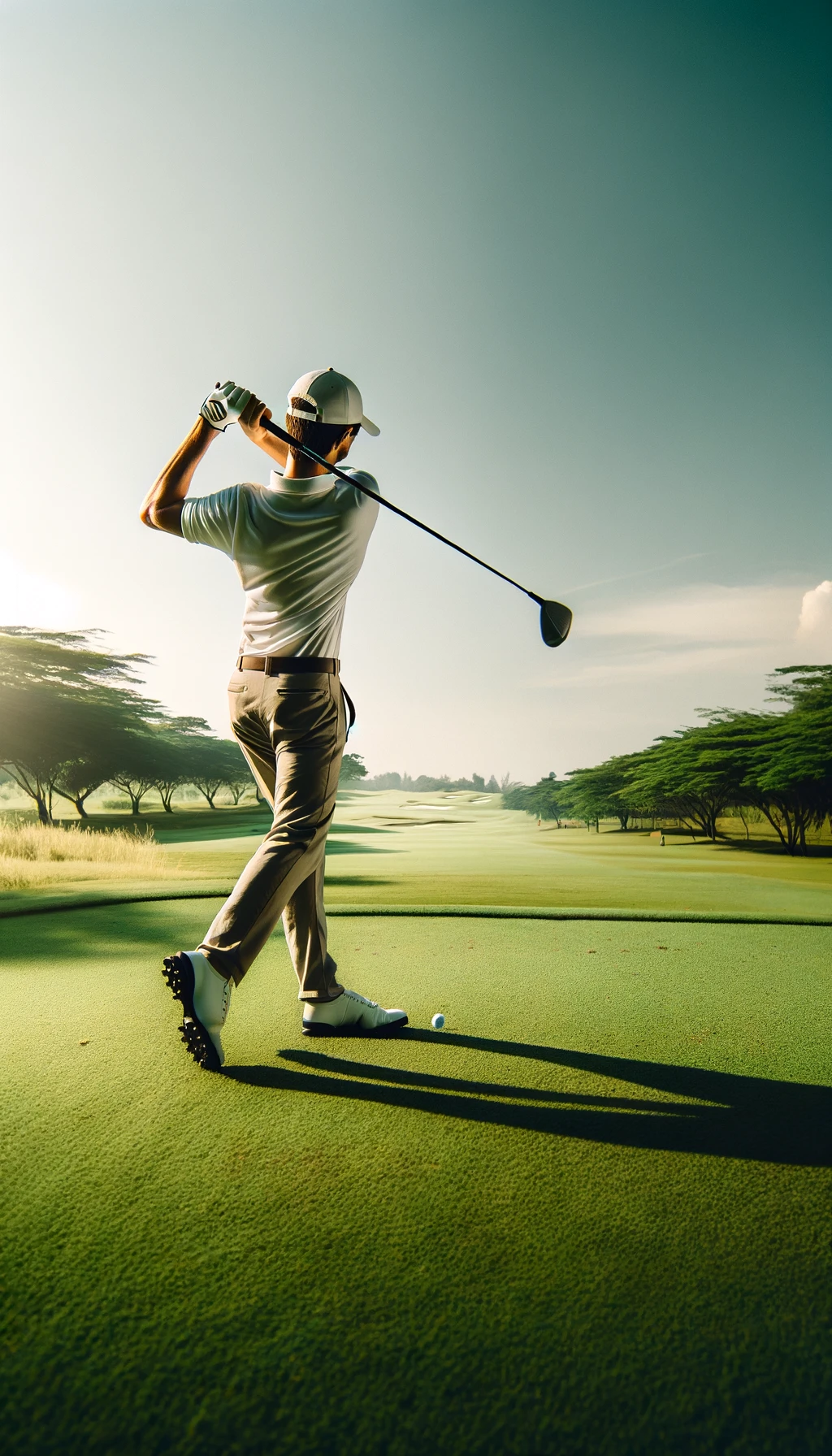How Much Flexibility Do I Need?
We see athletes with a wide variety of abilities across a multitude of backgrounds. Rarely do we have someone begin PT only because a flexibility issue. Instead, flexibility dysfunctions maybe causing other issues which is leaving our athletes unable to compete at their full potential. Some have backgrounds in gymnastics, cheer and dance where wild amounts of flexibility is necessary for them to compete at a higher level. Other athletes involved in field, court or on the ice may find themselves on the opposite end of the spectrum, displaying normal or a loss of flexibility.
Following an assessment and understanding the demands of the sport placed on the athlete, it’s imperative to understand how much flexibility is necessary for each individual athlete and if stretching is the best answer. When testing flexibility, the questions we need to consider are:
- Is it within normal range?
- Is it enough for them to compete in their sport safely?
- Is this range excessive, but necessary for them to compete in their sport?
- Is this excessive and potentially causing other issues up or down the chain?
Let’s take walk through 2 patients on each end of the spectrum.
Patient A is a 15 year old female gymnast with complaints of low back pain. She also states she is constantly stretching her hamstrings and hip flexors at home and at practice because they always feel “tight”. She is currently continuing to gymnastics but is limited in what skills she can perform due to pain. Past medical history includes no significant injuries.
- Postural assessment: standing with increased lordosis, seated in slouched position.
- Lumbar ROM testing:
- Forward bend: touches with mild pain at end range
- Backward bend: 50% ROM secondary to pain
- Rotation: full with mild pain B at end range
- Hip ROM testing:
- Full flexion with mild pain in anterior hip B
- Full hip IR, ER and pain free
- Adduction Drop Test: + B, unable to extend hips B, lacking approximately 20 degrees
- Flexibility Testing:
- Thomas Test: negative, thigh touches table without increase in knee extension
- Straight Leg Raise: negative, achieves 130+ degrees ROM and no resistance through 90 degrees
Here are some of the key take aways from exam
- Major loss in lumbar extension and painful
- + Adduction drop test B, showing inability to extend hip when the spine and hip are placed in a neutral position.
- Negative Thomas test, which contradicts findings from adduction drop and a lengthening of iliofemoral ligament
- Excessive SLR which shows lengthening of ischiofemoral ligament
With the loss of passive stability through two hip ligamentous structures, she now must rely on active (muscular) stability to control hip and spine movement. Should she continue to stretch even though hips always feel tight? Hell no. Her rehab is going to consist of static/dynamic hamstring and abdominal strengthening and stability to replace the loss of passive stability.
Patient B is 18 y.o. male football and basketball player with chief complaint of L knee pain. Pt states he has had knee pain for approximately 3 months throughout the end of football season and beginning of basketball season. He reports anterior knee pain with running and at the gym when lifting. When asked about current exercise routine, he hates stretching because “it sucks” and primarily squats and deadlifts with his team. PMH includes multiple hamstring strains on L side.
Exam Findings:
- Postural assessment: standing with increased lordosis
- Lumbar ROM testing:
- Forward bend: Can reach to about knee height
- Backward bend: Full clearance but has minor pinch in low back
- Rotation: 75% B and pain free
- Hip ROM testing:
- Full flexion with mild pain in anterior hip B
- Full hip ER
- Approximately 10 degrees of IR
- Adduction Drop Test: + B, unable to extend hips B, lacking approximately 20 degrees
- Knee ROM:
- Full flexion and extension pain free
- Ankle ROM testing:
- Knee extended and flexed: 5 degrees dorsiflexion B, feels “stuck”
- Full plantarflexion, inversion and eversion
- Flexibility Testing:
- Thomas Test: Positive B, thigh approximately 1.5” off table
- Straight Leg Raise: positive, achieves 55 degrees ROM
- Performs posterior pelvic tilt and ROM improves by 15 degrees
- ½ kneel dorsiflexion test: + B, achieves 1” from wall
Here are some of the key take aways from exam
- Limited forward bend
- + Adduction drop test B, showing inability to extend hip when the spine and hip are placed in a neutral position.
- + Thomas test, decreased hip extension without loss of passive structures
- Limited SLR, however improvement when orienting pelvis posteriorly
Looking at his testing, we see hamstring and quad “tightness”. Can muscles be tight on both the front and the backside? Nope!
Like Patient A, patient B also displays a significant anterior rotation of his pelvis. This rotation will cause a shortening of the musculature in the front and a lengthening in the back. If there is constant lengthening on the tissue, it’s always going to feel “tight”. This lengthening will also explain his multiple hamstring strains. Imagine lengthening out a band, then applying repeated magnitudes of high of force and velocity to it. More likely than not, you’re going to break the band. Take the same band and apply the same levels of force and velocity to it when the band is at rest. The integrity of the band will sustain much longer than if we predispose it to high levels of stretch prior to repeated stress.
Are we going to stretch this athlete? Yes! Are we going to stretch his hamstrings? Sorry, another no. To achieve posterior rotation of the pelvis, we are going to want to improve the static and dynamic stability of the hamstrings and abdominals, while lengthening the anterior structures. Now what about calves? This athlete is displaying more joint stiffness than flexibility at this time, so he will require focused mobilization work than actual calve stretching.
Recent Blog Post











